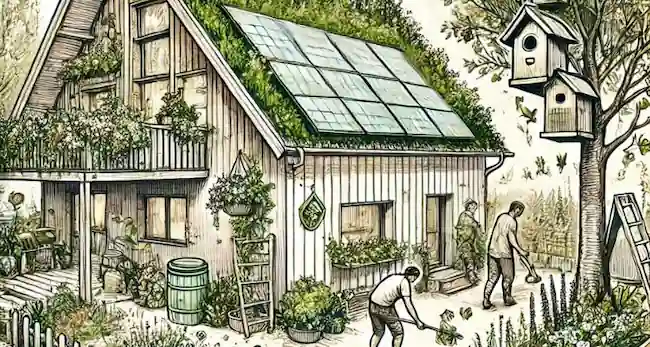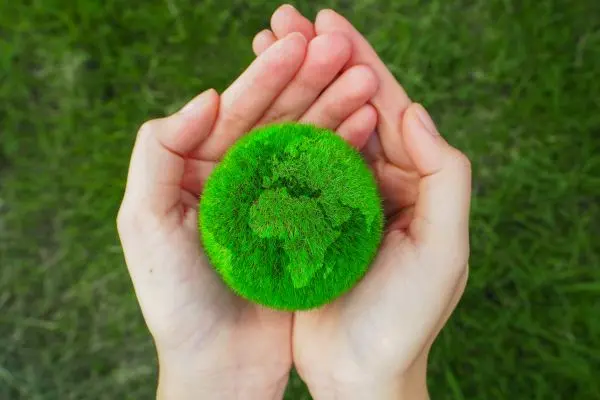Home Improvements & Actions to Support Nature
Here we’ll explore the various ways you can support nature and contribute to its recovery right from your home. Let’s get Started!
1. Transforming Your Garden and Outdoor Spaces
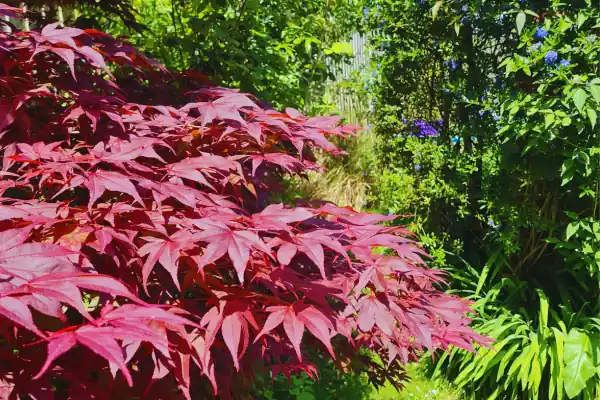
Your immediate environment offers incredible opportunities for nature support. Think of your garden or yard as a potential mini-ecosystem that can provide habitat, food, and shelter for local wildlife.
To create wildlife-friendly spaces, consider adopting the following home improvements:
These actions enhance each other, so the more you can put in place the better the impact. For example, allowing wilder areas to develop enhancing the chances of native species becoming established and provides safer spaces for more indigenous animals.
2. Sustainable Garden Use

How you use your garden can be a big factor in its benefit to nature. Shift to sustainable practices and your garden can be a great home improvement tool for supporting nature:
Check out our: Sustainable Gardening – 10 Tips to Support Nature guide for further support in this area.
3. Energy and Resource Conservation

Producing the energy we use and the resources we consume in our homes can major impacts on nature, well before they even reach you. Reducing your energy and resource demand, and nature will benefit as well:
4. Support Nature Through Your Consumer Choices

Your purchasing decisions can have big ecological implications. Consider these actions to lessen your potential impact and support nature:
5. Mindful Waste Management
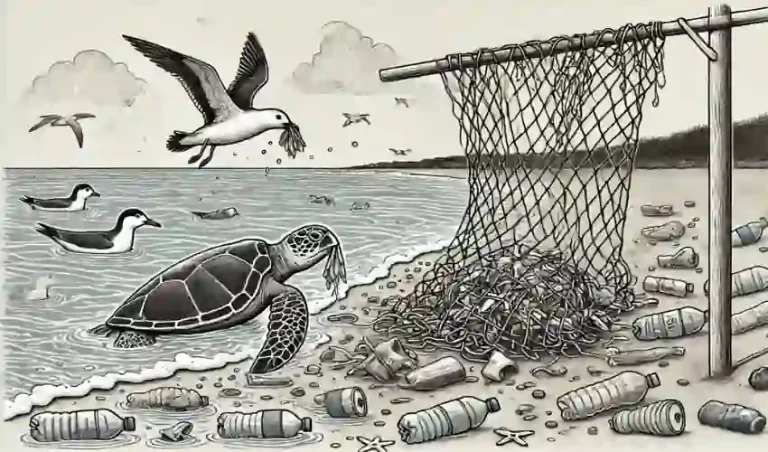
Residential homes are a key source of waste, which often leads to impact on nature and biodiversity. Proper waste handling is therefore key to minimise your environmental impact:
6. Education and Community Engagement
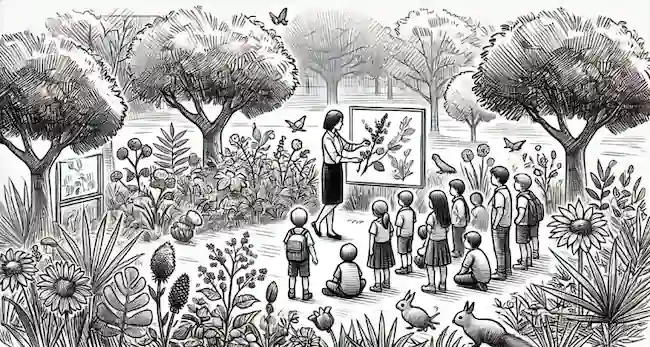
Knowledge and collective action are powerful tools. Harness them as a collective and the beneficial impact you can have on nature grows:
6. Digital and Remote Support

Technology offers innovative ways to contribute, and the opportunities technology offers are growing rapidly.
You can also check out our 7 Key Tips to Reduce Your Digital Carbon Footprint for insight into further actions you can take.
Support Nature: Every Action Counts

Nature recovery is an ongoing process. Each small action contributes to a larger ecological restoration. Regularly assess your practices, stay informed about environmental developments, and remain adaptable. Do so and you’ll soon have many home improvements and actions in place supporting nature.
Finally, remember that supporting nature isn’t about perfection but consistent, thoughtful action. Every positive choice creates a ripple effect in aid of nature restoration.
To support you further, we also provide the following resources:
Make My Home Sustainable: A Practical Guide to Getting Started
Reduce Your Own Personal Carbon Footprint: 10 Practical Actions
Sustainable Living: Practical Actions That Save You Money
Rewild Your Garden: Simple Tips to Create a Wildlife Haven
We’d love to hear about your own tips for supporting nature at home. Let us know in comments section below, or get in touch via our social media channels linked at the bottom of this page.

